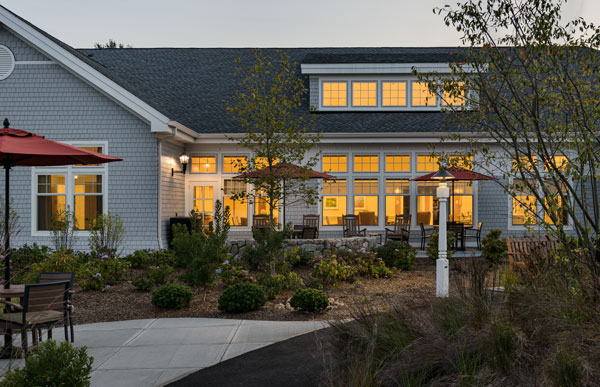
Different approaches, similar objectives. Mutually exclusive? Or is the whole greater than the sum of its parts? Jim Warner looks at the future of senior living in a thought-provoking white paper.
Aging Trends
According to the American Seniors Housing Association (ASHA), roughly three million seniors housing units will be needed by the year 2040. With only one million units in place today, it projects the need for another two million units over the next 24 years, roughly doubling the rate of the last 24. With the over-65 population continuing to grow, so should senior living and seniors housing, leading investors to believe, “If we build it, they will come.” Or will they?
Aging at Home
Surveys from resources such as AARP show the vast majority of Americans over the age of 65 have no interest in moving to a retirement community. Reasons vary and include family, familiarity, connections to community, diversity, intergenerational living, memories, comfort and independence, whether perceived, real or imagined.
Staying in your own home is a naïve desire since many homes are simply not suited for aging in place. Homes with second floor bedrooms and bathrooms, narrow hallways and stairs, present challenges to aging adults with vision and hearing impairments, respiratory issues, mobility problems and other limited abilities.
Retirement Communities
Senior living and seniors housing offer many seniors the opportunity to avoid these pitfalls, opening doors to new experiences, growth and development that might otherwise never be experienced, enriching and extending lives. Due to high urban land costs, most communities exist on rural or suburban sites, self-contained and remote from familiar streets or neighborhoods, far from residents’ home towns or cities. Is there a better way to serve an aging society?
A founding principal of JSA, James Warner, FAIA has helped lead the company’s evolution into a national firm, and established the Studio structure it maintains today. Directly involved in Healthcare, Hospitality, Housing and Senior Living, he has most recently led the Senior Living Studio to national prominence.


